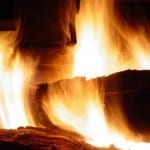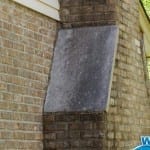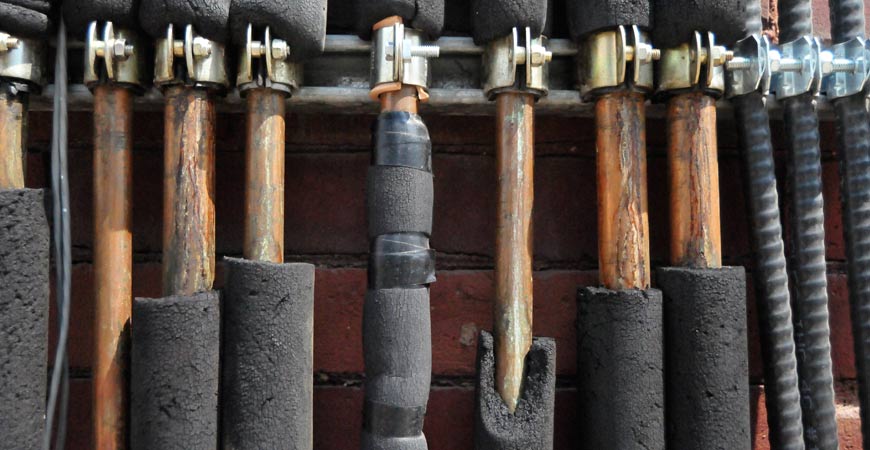
5 Key Ways to Winterize Your Home
Fall has officially begun, and many of us have already had the season’s first frost. This time of year, when the leaves are changing colors and your kids are thinking about this year’s Halloween costume, is the perfect time to winterize your home and prepare it for the colder weather to come.
A poorly winterized home can cost you extra bucks on your heating bill, leave your home vulnerable to damage, and even be dangerous for your family.
Follow these 5 steps to winterize your home and start the colder part of the year on the right foot.
-
Furnace
Unless you live in a very mild climate, your family will soon depend on your furnace to stay warm. A poorly functioning furnace will use more energy to heat your home and potentially release deadly carbon monoxide (CO) into the air you breathe.
A carbon monoxide detector is essential to keep your family safe if your furnace uses combustion to heat your home by burning natural gas, propane, or oil. If you don’t have one, go to your nearest home improvement store or buy one online before you start using your furnace.
Follow the detector’s instructions on how and where to mount it because the detector needs to be near the source of the carbon monoxide to warn your family before CO levels become dangerously high.
If you already have a detector, this is an excellent time to change the batteries and push the “test” button to be sure it is functioning.
Carbon monoxide detectors are an inexpensive way to alert your family to the presence of the colorless, odorless gas.
To help winterize your home and ensure the furnace does its job, now is also a good time to change the air filter, ensure all of your home’s vents are free of obstructions, fill fuel tanks if you have them and perform a basic furnace inspection.
-
Pipes
If you live in an area where the temperature drops below freezing, the pipes in your attic, basement, or crawl space are at risk of bursting. A water pipe burst is a messy emergency that can cause extensive damage to your home.
To protect your home’s pipes from the cold, install pipe insulation on all the pipes exposed to the air. Foam insulation is an inexpensive and easy-to-install option; simply cut the insulation to the correct length and slip it onto the pipes.
For extra security in a cold climate, wrap the pipes with electrical heating tape before installing the insulation. You can plug in the heating tape during cold weather to prevent freezing.
It’s also a good idea to turn off the water supply to your outdoor spigots and open them to allow the water in them to drain. This will prevent the pipes from bursting.
-
Chimney
Wood-burning fireplaces look beautiful and add warmth to your home, but a damaged or dirty chimney can lead to a house fire. To winterize your home and keep your chimney in good working order, have a professional inspect your chimney each fall.
They will check your chimney to ensure the flue is functioning correctly, that the chimney draws air well, and that there are no cracks inside or around it. A professional will also tell you if your chimney needs cleaning, which is a job you definitely won’t want to try yourself.
A cracked or dirty chimney can cause a house fire, so an inspection should be on your winterization checklist if you plan to use your fireplace this year.
-
Doors/windows
Keeping your doors and windows well sealed is one of the best ways to save energy heating and cooling your home. On a windy day, feel around the edges of your doors and windows to check if any air is coming in. Use rope caulk to seal a window leak, and install weather stripping around a leaky door.
Here’s more information on weather stripping.
-
Insulation
Good insulation is another key way to save energy heating and cooling your home. If you live in an older home, your home’s insulation may not be up to current standards and could cost you extra money this winter.
The U.S. Department of Energy has outlined standards for how much insulation your home needs based on where you live. Their EnergyStar website includes a map showing you the recommended R-value for the insulation in your home’s floors and attic; this value measures an insulation’s ability to prevent heat from passing through it. The website also includes instructions for adding insulation to your home’s walls.
Now that you’ve got your home winterized, you can concentrate on the fun parts of the season, such as football and hot apple cider!
Photo by Rick Cooper












